:format(jpeg))
Hall lighting for industrial buildings
Hall lighting & industrial lightingIndustrial lighting has a significant impact on productivity and safety. Optimized hall lighting makes the workplace safer and improves the well-being of employees. In addition, all work processes can be carried out optimally. Flicker-free industrial lamps with high luminosity and a suitable IP protection rating are used, as well as sensors and DALI lighting control depending on the specific requirements.
Sustainability and energy efficiency in industrial lighting
Our professional, application-oriented lighting design will also recommend sophisticated LED hall lighting for industrial lighting. LED industrial lighting is economical and sustainable and switching to LEDs for older lighting systems pays off in the long term.\ Among other things, we take lighting design into account:
- Correct arrangement and spacing of the LED lights
- High-quality covers for low loss of brightness\ and high glare control
- Interaction with room architecture and reflective properties
:format(jpeg))
The German Building Energy Act (GEG) and DIN V 18599 set out clear requirements for more sustainability in lighting. The German Sustainable Building Council (DGNB e.V.) honors lighting control systems in its points system.
Individual lighting control, for example with sensor-operated industrial luminaires, offers additional savings potential. In contrast, the well-being of employees is also improved in industrial lighting with HCL-capable luminaires that adapt illuminance and color temperature to the natural biorhythm.
:format(jpeg))
Legal requirements for industrial lighting
There are also many legal requirements for industrial lighting. These are listed in ASR A3.4 and regulate, among other things, certain minimum lighting levels for certain work areas as well as various qualities in the hall lighting, such as the glare value.
Good light needs professional advice
:format(jpeg))
Maintenance costs for hall lighting
In terms of maintenance costs for industrial lighting, LED luminaires represent an immense improvement. Conventional light sources such as compact fluorescent or gas discharge lamps quickly break down, turn yellow or start to flicker. Maintenance costs
- 1. Material costs for replacement lamps and accessories
- 2. Working time and maintenance costs
- 3. Warranty protection and duration
:format(jpeg))
LED high-bay lighting, on the other hand, offers maintenance-free light for up to 30 years due to its long service life, which is also significantly more energy-efficient thanks to significantly better luminous efficacy. Our lighting design service supports you in choosing an effective and economical lighting system that is adapted to the circumstances.
Get to know our products now
Service life
LED vs. normalHigh-quality LEDs have a service life of up to 100,000 operating hours and are up to 90 % more energy-efficient than conventional light bulbs. The latter only achieved a maximum service life of around 1,000 hours and were also susceptible to frequent switching.
| Illuminant type | Lifetime (in hours) Lumen | Burning time (at 60 hours/week) |
|---|---|---|
| Incandescent lamp | 1.000 h | 0.3 years |
| Halogen lamp | 2.000 - 4.000 h | 0.6 - 1.2 years |
| Energy saving lamp | 10.000 h | 3 years |
| LED lamps | 15.000 - 100.000 h | 5 - 32 years |
High quality is essential for industrial lighting. High-quality LED high-bay lighting lasts an extremely long time and is therefore virtually maintenance-free. It has significantly lower consumption, so costs are saved efficiently, and they are flicker-free, glare-free and provide homogeneous light.
Human Centric Lighting (HCL) refers to industrial lighting that adapts to the natural biorhythm of people and therefore of employees. The color spectrum of the light automatically adapts to the spectrum of the sunlight: warm white in the morning, cool white at midday and sunset light in the evening. This replication improves the well-being and productivity of employees.
DALI and LED hall lighting
DALI is a widespread, reliable interface or bus system for controlling luminaires and harmonizes with modern LED technology. Conventional lamps were often dimmed via leading/trailing edge phase dimmers. Depending on the individual circumstances and possibilities, we support the integration of a DALI system with special LED drivers in our lighting design. We also offer solutions for DALI control via radio and gateways for communication between DALI and various smart building systems.














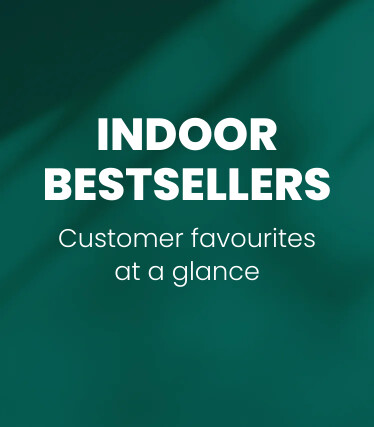


































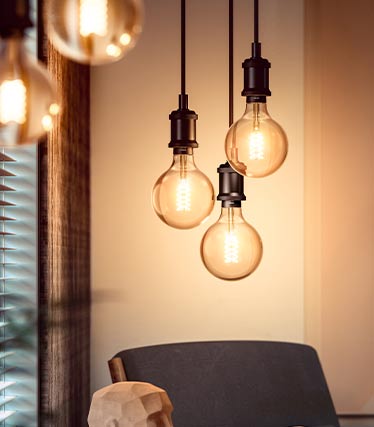








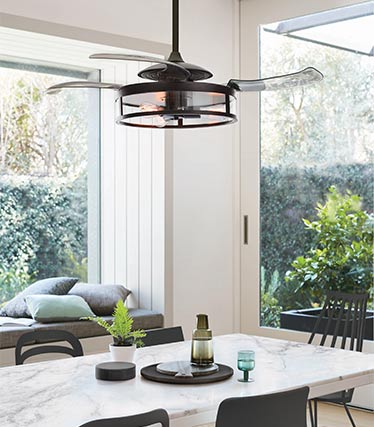

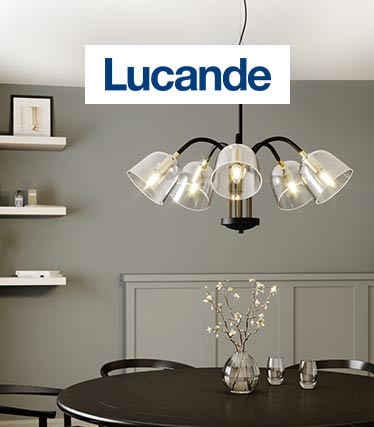




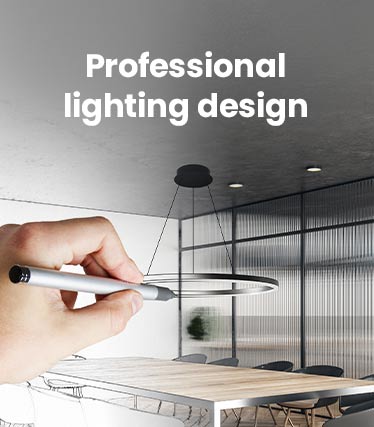




:format(jpeg))
:format(jpeg))
:format(jpeg))
:format(jpeg))